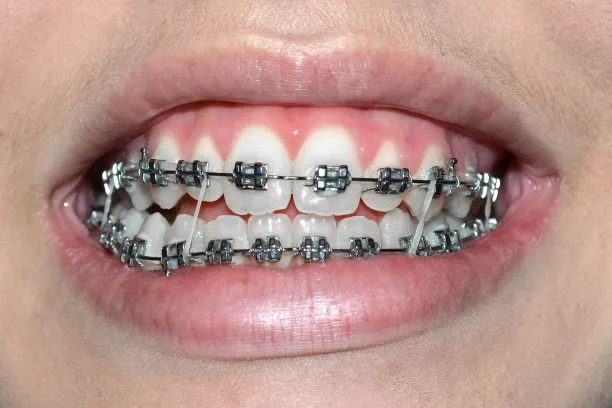Unlocking the Secrets of Periodontal Disease Causes, Symptoms, and Treatments
Summary: Periodontal disease is a common oral health issue that affects many people worldwide. Understanding the causes, symptoms, and treatments of this disease is crucial for maintaining good oral hygiene. This article delves into the secrets behind periodontal disease, providing insights into its development, signs to look out for, and effective treatment options.
1. Causes of Periodontal Disease

Periodontal disease is primarily caused by the buildup of plaque on the teeth and gums, leading to inflammation and infection. Poor oral hygiene, genetic predisposition, smoking, and certain medical conditions can also contribute to the development of periodontal disease.
When plaque is not adequately removed through regular brushing and flossing, it can harden into tartar, further irritating the gums and causing gingivitis. Without proper intervention, gingivitis can progress to periodontitis, a more severe form of the disease.
Bacteria in the mouth play a significant role in the progression of periodontal disease. These bacteria release toxins that trigger an immune response, causing damage to the surrounding tissues and bone that support the teeth.
2. Symptoms of Periodontal Disease
Early signs of periodontal disease may include red, swollen, or bleeding gums, persistent bad breath, and gum recession. As the disease advances, individuals may experience loose teeth, changes in bite alignment, and the formation of deep pockets between the teeth and gums.
Periodontal disease can also lead to systemic health issues, such as cardiovascular disease, diabetes, and respiratory infections. Recognizing these symptoms and seeking prompt dental care is crucial for preventing further complications and preserving oral health.
Regular dental check-ups and professional cleanings can help detect periodontal disease in its early stages, allowing for timely intervention and intervention to prevent further damage.
3. Treatments for Periodontal Disease
The treatment of periodontal disease typically involves a combination of professional interventions and at-home care. Scaling and root planing, also known as deep cleaning, are common procedures used to remove plaque and tartar from the teeth and roots.
In more advanced cases, surgical treatments such as flap surgery and bone grafting may be necessary to repair damaged tissues and promote healing. Antibiotics or antimicrobial mouthwashes may also be prescribed to control bacterial growth and prevent infection.
Following a comprehensive treatment plan and maintaining good oral hygiene practices are essential for managing periodontal disease and preventing its recurrence. Brushing twice a day, flossing regularly, and attending regular dental appointments are crucial for long-term oral health.
4. Importance of Periodontal Health
Periodontal health is integral to overall well-being, as the mouth serves as a gateway to the body. Poor oral hygiene and untreated periodontal disease can increase the risk of systemic conditions and impact quality of life.
By prioritizing periodontal health and seeking timely treatment, individuals can improve their oral health outcomes and reduce the likelihood of developing complications. Education about the causes, symptoms, and treatments of periodontal disease is key to promoting awareness and prevention.
Empowering individuals to take control of their oral health through proper hygiene practices and regular dental care can lead to improved outcomes and a healthier smile in the long run.
Summary:
In summary, periodontal disease is a complex oral health condition that requires attention to detail and proactive management. By understanding the causes, recognizing the symptoms, and seeking appropriate treatments, individuals can maintain optimal periodontal health and improve their overall well-being. Remember, prevention is always better than cure when it comes to oral health.
This article is compiled by Vickong Dental and the content is for reference only



